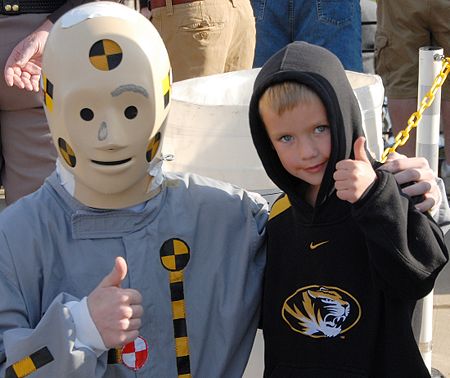132.2 Missouri's Blueprint - A Partnership Toward Zero Deaths

Missouri's Blueprint to Arrive Alive is an umbrella guide to increase coordination, communication and cooperation among state and local agencies, law enforcement, planning organizations, non-profit organizations and other safety advocates throughout the state. The Missouri Coalition for Roadway Safety (MCRS) is charged with leading the statewide implementation effort to effectively deploy strategies outlined in the Blueprint. In addition, regional plans will be developed to address targeted crash problems in their respective areas.
| Graduated Driver's License |
| Report, 2009 |
| See also: Innovation Library |
Blueprint partners are a group of safety advocates representing the engineering, enforcement, education and emergency medical services areas. The Blueprint is a collective effort of the (MCRS) and safety professionals throughout the state. The MCRS leads the charge to implement the Blueprint and encourage safety partners to focus their activities and programs in support of the “Targeted 10” and subsequent emphasis areas, targets, and strategies. The state has been divided into ten regional coalitions that have each developed a safety plan. The coalitions meet on a regular basis to discuss their concerns, review how their countermeasures are working and consider ways to improve their efforts.
In 2003, Missouri decided to participate with the American Association of State Highway Transportation Officials (AASHTO) in a national effort to reduce the preventable tragedies associated with traffic crashes. Utilizing a partnership approach, the Blueprint outlined strong opportunities to reduce fatal and serious injuries on Missouri’s roads.
The Missouri Coalition for Roadway Safety's goal for 2012 is for fewer than 850 traffic crash fatalities. The last time Missouri recorded fewer than 850 fatalities was 1949. In 2007, the coalition met an ambitious goal one year early with traffic fatalities falling to fewer than 1,000, at 992. By 2009, the number of traffic fatalities was fewer than 880.